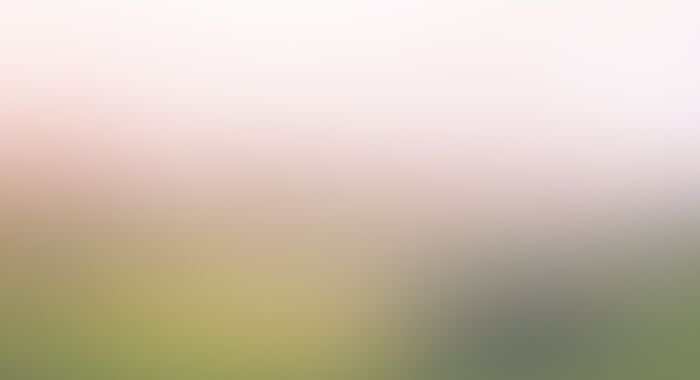Parco Teramo (officially: parco Andrea Campagna) is a green area in the south-west outskirt of Milan, located at the borders between Barona quartier and the rural area Parco Agricolo Sud which surrounds the city. A ‘zipper’ between the city and the countryside, Parco Teramo could be perceived as the beginning or the end or the rural area, a green lung, a playing field, an empty space, Ireland's memories, a place for skullduggering at night etc... depending on the viewer.
As a student of anthropology I was in charge, with my colleagues, of the ethnographic research whose objective was a mapping of the area revealing imaginaries, visions, practices of the stakeholders around Parco Teramo. This resulted in a participated design phase that involved inhabitants, local agencies and realities, and the architecture studio Plug-in Città.
The subjects that were mapped onto Barona quartier included:
- the Italian Frisbee Association, which has been based in the the park since the Seventies and have offered since then free sport practice and teaching, particularly relevant in this disadvantaged area
- the popular ethical purchasing group which collectively buy km 0 organic food
- a social centre which has been active in the field of culture and leisure since the 90s, particularly relevant to teens and urban subcultures
- the farmhouses surrounded by rice fileds, located just a few kilometers away from Parco Teramo
- the abusive bowling track in the park, hidden among abusive vegetable gardens and managed by pensioners who organize competition with hundreds of players
- the legally rent vegetable gardens with waiting list
…and many more.
The project saw the realization of:
1. The unusual ‘tourist guides’ Barona Stories revealing unknown places, perspectives and practices of a territory, shared on the Jeko Guides app and available online for free download.
2. a creative, fix but light, sustainable installation in the park, named “Porta del Sud” (South Door), which is functional to different potential uses, and stresses - without occupying it - the passage between the urban and the rural area. Porta del Sud aims at attracting more people to the park, which is also the best way to keep it clean and livable; it values the hybrid identity of the park stimulating different uses, not inducing one.
The ethnography was carried out thanks to several visits to the park and the quartier, identifying the most relevant subjects and places of the area. We then split into different groups and each one worked on three realities, meeting the people and conducting in-depth interviews which were recorded and transcribed. The most relevant excerpts were included in Barona Stories guide to offer real storytelling coming from the territory. We then worked on a group report which served as a base for the architects’ work on Porta del Sud.
As an ethnographer, this work gave me a taste of what it means to get to know a place, from your first visit to the times when it gradually discloses itself. It gave me a taste of what it means to choose your own position as a researcher, and the responsibility which comes with that. The ‘restitution’ of the results to the people we interviewed is a common ground for both the anthropologist and the designer: Porta del Sud was designed keeping in mind different perspectives and needs, and Barona Stories give back to the inhabitants their perspectives, sharing them wiht the quartier and its visitors. As an aspirant human-centered designer it was an important experience in order to understand how many practices and images could co-exist around a single territory.
http://www.dynamoscopio.it/portfolio_page/porta-del-sud/
http://www.jecoguides.it/it/portfolio_page/barona-stories-it/



